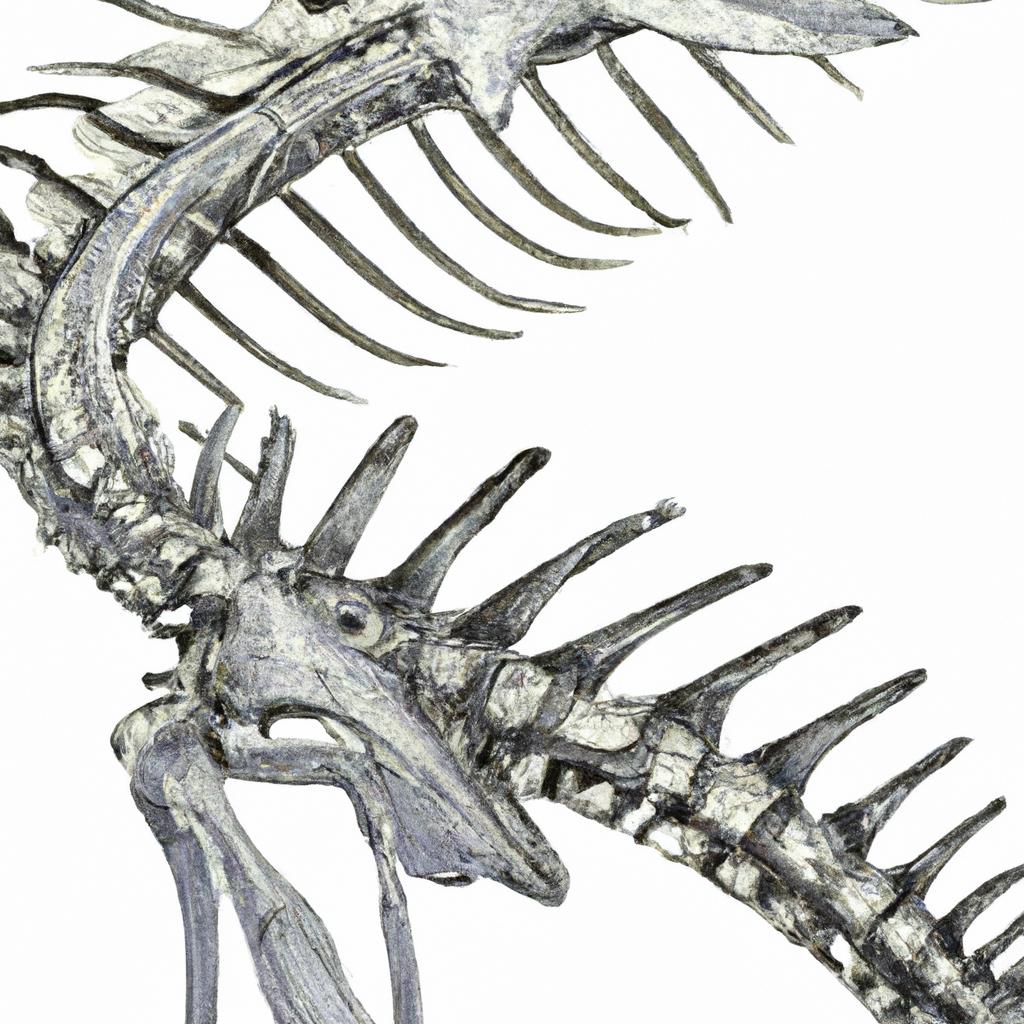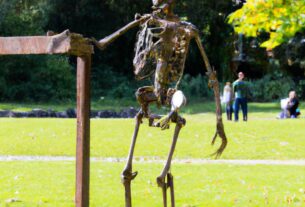As avid nature enthusiasts, we are constantly captivated by the intricate and diverse animal kingdom. Among the many wonders that have fascinated scientists and animal lovers throughout the ages, the serpent skeleton stands out. In this article, we will delve into the mesmerizing world of serpent skeletons and unravel the significance of studying them.
Defining the Serpent Skeleton
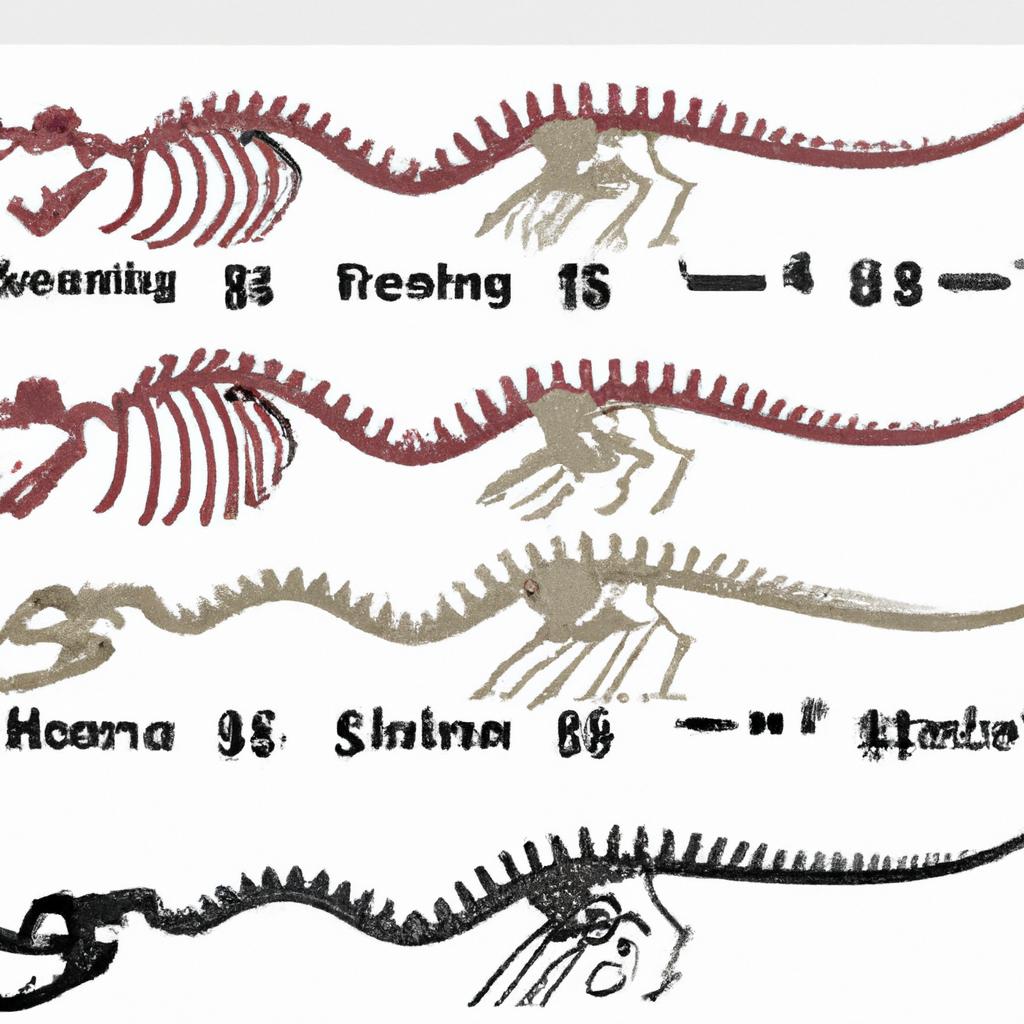
A serpent skeleton serves as the bony framework that supports a snake’s body, providing both structure and rigidity. Comprising the skull, vertebral column, ribs, and pelvic girdle, this unique and intricate structure facilitates the snake’s flexible and muscular movement.
Why Study Serpent Skeletons?
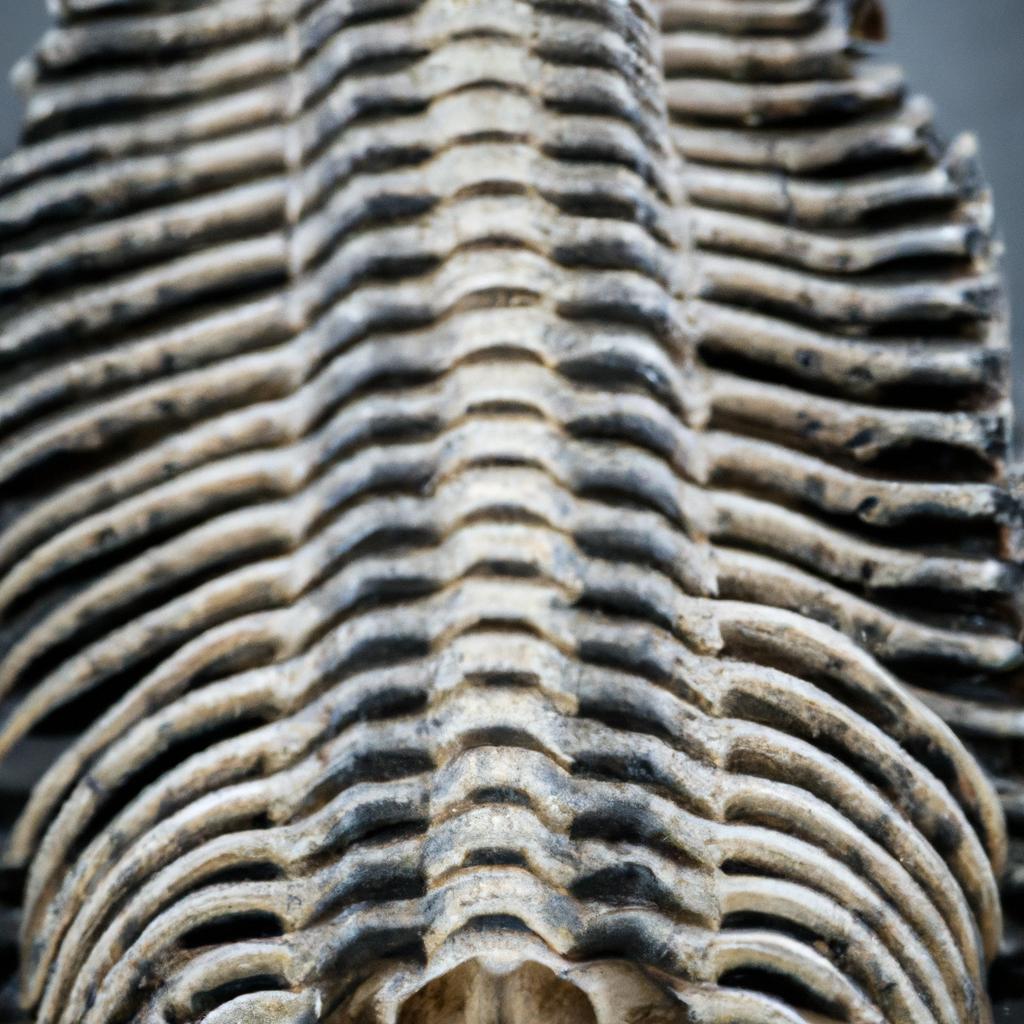
Investigating serpent skeletons is crucial for unraveling the biology and behavior of these enigmatic creatures. Engaging in such research offers valuable insights into their specialized adaptations for movement, hunting, and defense. Moreover, the examination of fossilized serpent skeletons has shed light on the evolutionary journey and diversification of this captivating group of animals.
As we embark on this exciting journey into the world of serpent skeletons, we will explore their anatomy, adaptations, and cultural significance. Let’s unravel the wonders of reptilian anatomy together.
Anatomy of the Serpent Skeleton
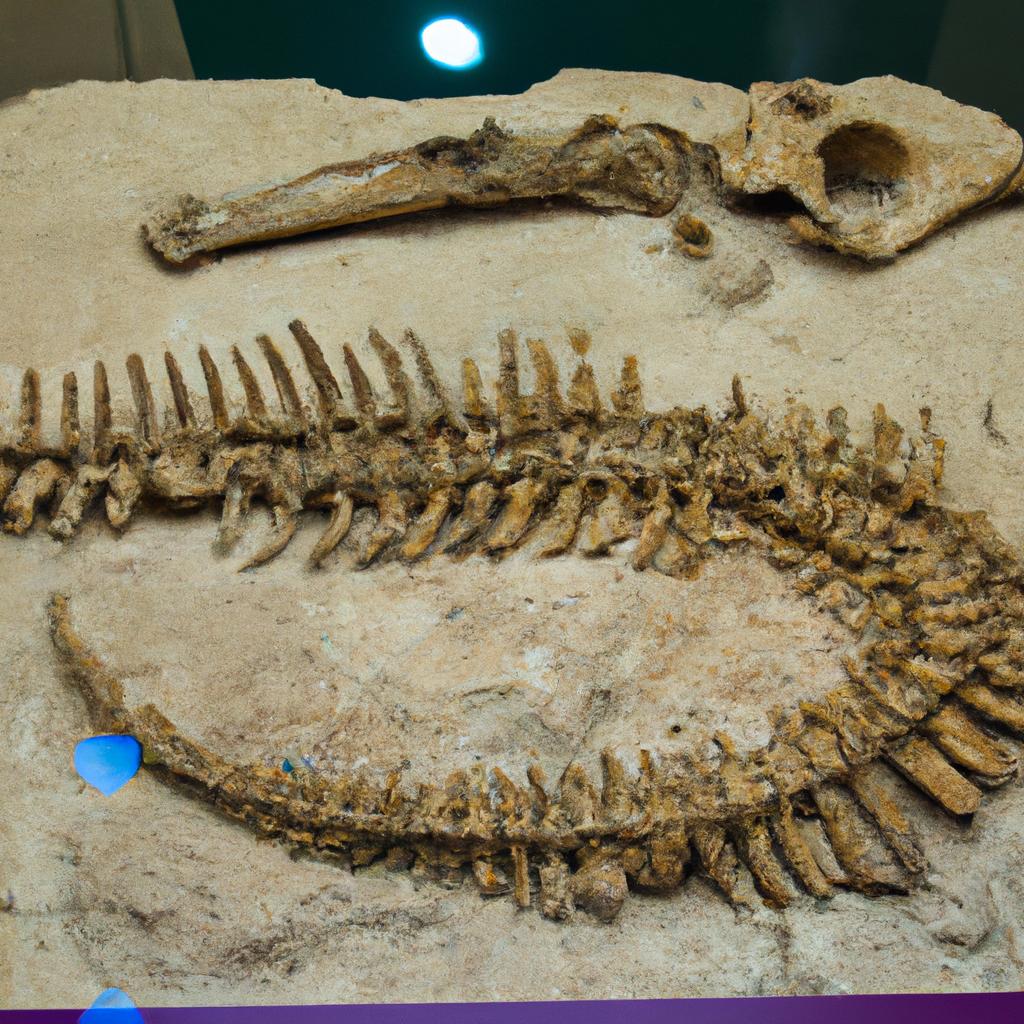
Snakes boast a remarkable anatomy, with a skeletal system that is both unique and complex. The serpent skeleton consists of various distinct parts that work harmoniously to provide flexibility, agility, and strength. In this section, we will navigate through the serpent skeleton’s anatomy, compare it with other reptilian skeletons, and highlight its exceptional features.
An Overview of the Serpent Skeletal System
The serpent skeletal system comprises the skull, vertebral column, ribs, and pelvic girdle. Snakes possess an elongated and narrow skull with a highly mobile joint between the upper and lower jaws. This distinctive adaptation enables them to swallow prey larger than their own heads.
The vertebral column of snakes consists of numerous vertebrae connected by flexible joints. This flexibility allows snakes to move in various ways, including sidewinding, slithering, and climbing. Additionally, their long and curved ribs provide vital support and protection to the internal organs.
A Comparison with Other Reptile Skeletons
In comparison to other reptilian skeletons, the serpent skeleton is highly specialized to accommodate its unique mode of locomotion. Unlike lizards and crocodiles, which have sprawling limbs, snakes possess a reduced limb skeleton, with only a few remnants of ancestral limbs visible externally.
Furthermore, the snake skull is extensively modified for feeding, featuring elongated jaws and numerous sharp teeth. These adaptations grant snakes the ability to feed on a wide range of prey, including insects, fish, birds, and mammals.
Unique Features of Serpent Skeletons
One of the most remarkable features of the serpent skeleton is its extreme flexibility. The multitude of vertebrae in the vertebral column allows snakes to bend and twist their bodies in diverse ways, making them highly adaptable to their surroundings. Additionally, the absence of limbs in snakes led to the development of specialized muscles that enable them to move with incredible speed and agility.
In the forthcoming section, we will explore the adaptations of the serpent skeleton in greater detail, uncovering their role in snake behavior and ecology.
Adaptations of the Serpent Skeleton

Snakes possess unique adaptations that empower them to thrive in a wide array of habitats. The serpent skeleton plays an essential role in these adaptations, allowing snakes to move, hunt, and defend themselves with utmost efficiency. Let’s delve into some of the most intriguing adaptations exhibited by serpent skeletons.
Adaptations for Movement and Hunting
The serpent skeleton is uniquely suited for swift and agile movement. Comprised of numerous vertebrae connected by mobile joints, the vertebral column of the serpent skeleton offers exceptional flexibility and mobility. These attributes are vital for navigating narrow spaces and challenging terrains. Additionally, the absence of limbs in snakes allows them to move swiftly and silently, making them highly efficient hunters.
Adaptations for Defense and Survival
Serpent skeletons possess several adaptations that aid in defense and survival. Notably, many snake species possess venomous fangs. These fangs, modified teeth, deliver venom to prey or predators. Another adaptation lies in the snake’s ability to dislocate its jaw, facilitating the swallowing of prey whole. This extraordinary capability is made possible by the serpent skeleton’s flexible and mobile structure. Furthermore, certain snakes have evolved specialized scales that provide protection from predators, such as the spiny scales of the African adder.
Examples of Serpent Species with Unique Adaptations
Adaptations within the serpent skeleton vary extensively across species, resulting in a remarkable diversity in form and function. For instance, the sidewinder rattlesnake has adapted a sideways movement to traverse shifting sand dunes, while the flying snake possesses a flattened body shape and the ability to glide through the air to evade predators.
The serpent skeleton is truly a marvel of evolutionary adaptation, offering invaluable insights into the diverse and captivating world of snakes. As we venture further into serpent skeletons, we will delve deeper into the role of these adaptations in snake biology and behavior.
Fossilized Serpent Skeletons
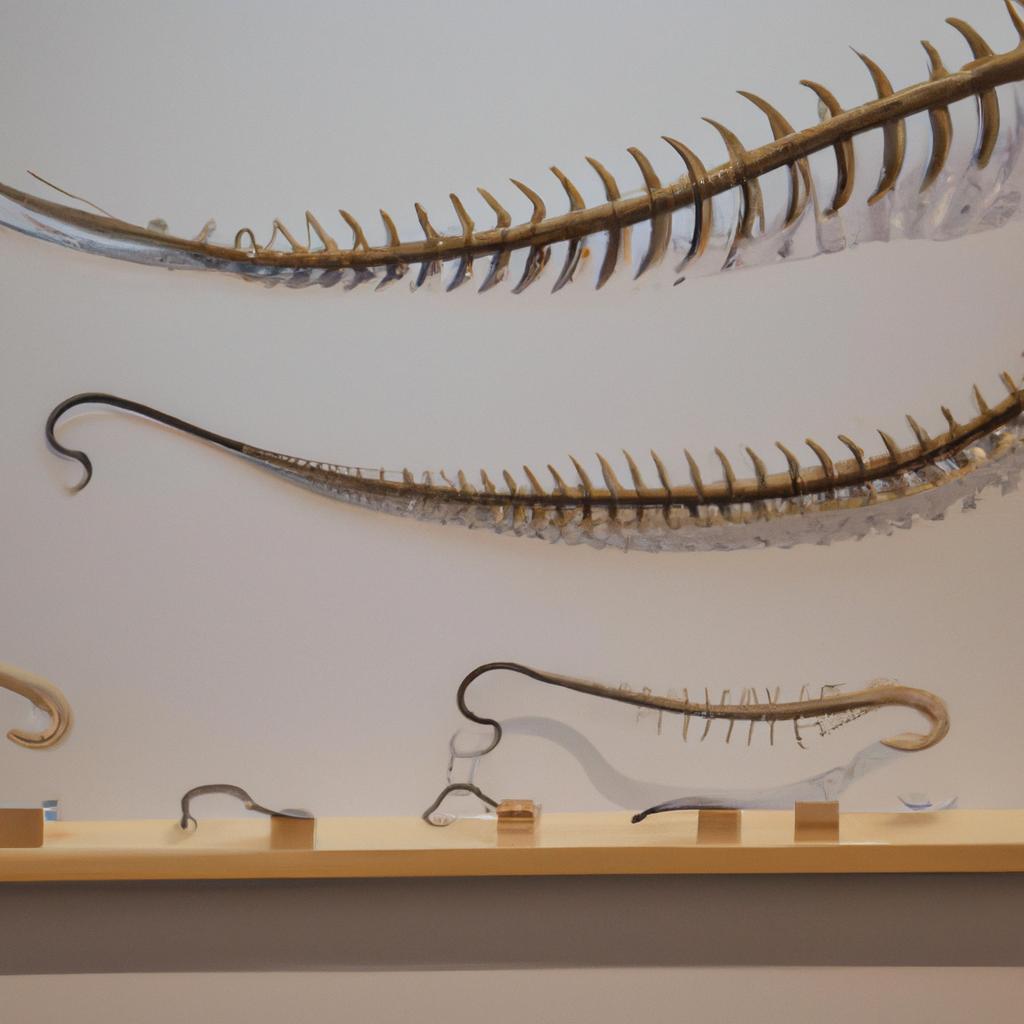
The study of fossilized serpent skeletons has provided unparalleled insights into the evolution and diversification of snakes. These fossils offer a unique opportunity to analyze the morphology, structure, and ecological significance of extinct serpent species. In this section, we will explore the value of fossilized serpent skeletons, the discoveries of ancient serpent species, and the insights they provide into serpent evolution.
The Importance of Fossilized Serpent Skeletons
Fossilized serpent skeletons constitute invaluable tools for comprehending the evolution and diversification of snakes. They provide evidence of ancient snake species that are no longer present today. Moreover, they offer insights into the ecological and environmental conditions that influenced their evolution. By examining fossilized serpent skeletons, we gain a deeper understanding of the morphological and structural adaptations of ancient snake species, enhancing our knowledge of their biology and behavior.
Discoveries of Ancient Serpent Species
Over recent decades, numerous fossilized serpent skeletons have been unearthed, uncovering the existence of ancient snake species that lived millions of years ago. Examples include Eophis underwoodi, a primitive snake that inhabited the Earth during the Early Cretaceous period, and Najash rionegrina, a snake with legs from the Late Cretaceous period. These discoveries have illuminated the evolution and diversification of snakes, granting us a glimpse into the ancient world of these enthralling creatures.
Insights into Serpent Evolution from Fossils
The examination of fossilized serpent skeletons has yielded invaluable insights into the evolutionary journey and diversification of snakes. These fossils have revealed the transition from lizard-like ancestors to the elongated, limbless body plan observed in modern snakes. Notably, the discovery of ancient snake species with vestiges of legs challenges the traditional notion that snakes evolved from legless lizards. The study of fossilized serpent skeletons continues to offer valuable insights into the evolution and diversification of these captivating creatures.
As our exploration of serpent skeletons continues, we will examine their cultural significance and their role in mythology and art. Stay tuned for the upcoming section of this thrilling journey into the realm of reptilian anatomy.
Serpent Skeletons in Mythology and Culture
Serpents have long been woven into the tapestry of human history and culture. From ancient mythology to contemporary art, serpent skeletons have played a significant role in shaping our perception of these remarkable creatures.
The Role of Serpent Skeletons in Mythology
In numerous cultures, serpents are revered as symbols of wisdom, renewal, and transformation. The serpent’s ability to shed its skin and emerge renewed has made it a potent symbol of rebirth and revitalization. In Greek mythology, the serpent was associated with healing and medicine, while Hindu mythology regarded the serpent as symbolizing the kundalini energy resting dormant at the base of the spine.
Serpent Skeletons in Art and Literature
Serpent skeletons have permeated the realms of art and literature throughout history. Ancient Egyptians often depicted serpents as symbols of royalty and divinity. Asclepius, the Greek god of medicine, was often depicted holding a staff with a serpent entwined around it, known as the Rod of Asclepius. In literature, serpents have been portrayed as both villains and heroes, from the cunning serpent in the Garden of Eden to the benevolent serpent in J.K. Rowling’s Harry Potter series.
The Cultural Significance of Serpent Skeletons
In contemporary times, serpent skeletons continue to hold cultural significance. Many indigenous cultures revere snakes as powerful spiritual beings and integrate them into traditional healing practices. The utilization of serpent venom in medicine and research has deepened our understanding of snake biology and behavior.
In conclusion, serpent skeletons have left an indelible mark on human history and culture. From ancient mythology to modern scientific inquiries, these captivating creatures continue to inspire and captivate us.
Conclusion
In conclusion, the serpent skeleton stands as a testament to the marvels of nature, offering profound insights into the biology and behavior of snakes. The examination of serpent skeletons has granted us a deeper understanding of their unique adaptations for movement, hunting, and defense. Additionally, the study of fossilized serpent skeletons has shed light on the evolution and diversification of this fascinating group of animals.
As nature enthusiasts, it is our duty to appreciate and cherish the natural wonders of the world. Exploring serpent skeletons not only helps us understand the biology and behavior of snakes but also allows us to appreciate their cultural significance in mythology and art.
Thank you for embarking on this journey into the realm of reptilian anatomy. We hope this article has provided you with valuable insights into the wonders of the serpent skeleton. Keep exploring the captivating world of nature, and remember to visit TooLacks for more exciting content.
TooLacks – Where Nature and Knowledge Meet.
